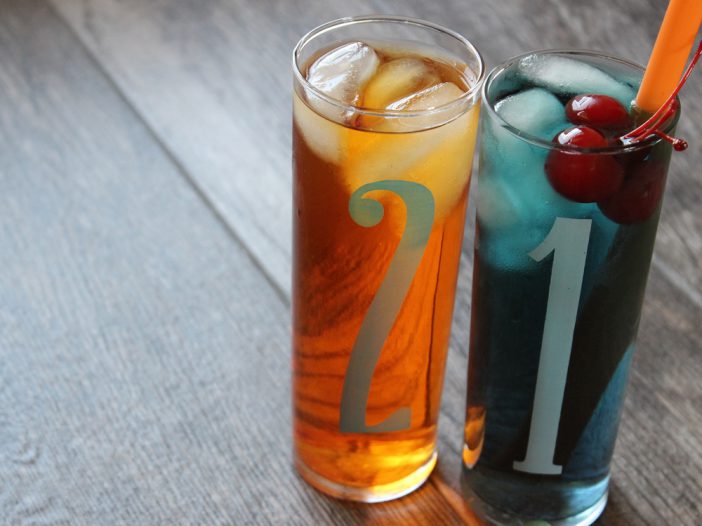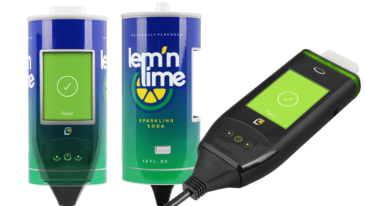
On July 17, 1984, the United States Congress passed the National Minimum Drinking Age Act of 1984. The controversial bill, pushed by the Regan administration in conjunction with Mothers Against Drunk Driving (MADD), established a federal penalty to any state that allowed the sale of alcoholic beverages to persons under the age of 21. The penalty was a 10% cut to the offending states annual federal highway apportionment. One-by-one states began to toe the line to ensure their share of highway dollars. And soon, it was the “law of the land.”
When Did the Legal Drinking Age Change to 21?
These days, there are those who say that the legal drinking age should be lowered back down to 18, arguing if you can serve, fight, and die for your country, you should be able to buy a beer. On the other hand, there are those on the opposite side of the debate who say it should be raised to 25, the time when the adult brain reaches full development. Regardless of your opinion on the matter, it’s important to see how we got here. Why did the law change? What does it mean for us today?
Below, we’ll discuss the circumstances that preceded the National Minimum Drinking Age Act of 1984.
A Brief History of Drinking Laws
Pre-1919
From America’s founding to the early 20th century, there were no restrictions on the buying or consumption of alcohol. In those fledgling days of the country, young people were treated as adults at a younger age. On average, they moved out of the home, worked, married, and had children far earlier than they would today. As such, there were never more than 10 states that put restrictions on the purchase of alcohol, while the vast majority of states had no minimum legal drinking age in the books.
Those that did have laws paired it to the age of 21. At the time, 21 was:
- The voting age – The minimum age to cast your vote in a local, state, or federal election.
- The age of majority – The age when someone was considered to legally be an adult with all of the rights and obligations that entailed.
According to federal data from the 1830’s, the average American consumed 7.1 gallons of alcohol per year, which is more than 3 times today’s average of 2.3 gallons consumed per year. According to Bruce Bustard, a senior curator of Spirited Republic: Alcohol in American History, “We think of that as an astounding amount – you would think people would be staggering around drunk, but most people were able to handle their alcohol because it was integrated into daily life.”
It helps to remember that, at the time, most workers were laborers and these people lived in tight-knit communities that self-regulated. However, alcoholism, known as Dipsomania back then, was beginning to take a toll on communities, leading to a rampant spate of physical abuse and dereliction of fatherly duties. Women were beginning to see alcohol as a grave threat to the moral fiber of society.
The Temperance Movement and Prohibition
The introduction of the automobile is what really turned the tides. This, the lack of regulation, and alcohol’s universal availability gave birth to the Temperance Movement. This movement was a political crusade led by Christian women who were also Suffrage advocates. In their view, alcohol restriction was integral to women’s rights, seeing as alcohol abuse caused men to waste their money and time, hurting their families as a result.
In 1920, they successfully managed to pass the 18th Constitutional Amendment, which outlawed both the production and sale of alcohol and gave rise to the 13 years of Prohibition. As we know now, this movement backfired. It led to nationwide bootlegging, the rise of organized crime, and general lawlessness. And by 1933, American lawmakers were passing the 21st Amendment to ratify the constitution and repeal the prohibition.
After this, most states set their drinking age to 21, although some set it lower.
Post 21st Amendment
By the late ‘70s, the vast majority of states dropped the legal drinking age to 18. Naturally, this led to a massive upsurge in drunk driving and fatalities resulting therein. Soon, it was declared to be a national health crisis. According to the National Institute of Health (NIH):
In the mid-1970s, alcohol was a factor in over 60% of traffic fatalities. Traffic crashes were the leading cause of alcohol-related deaths and two-thirds of traffic deaths among persons aged 16 to 20 involved alcohol.
In an attempt to cut into these rising rates, MADD and the Regan administration worked together to pass the Minimum Drinking Act of 1984. It was successful. The NIH stated that by 1990, drunk driving accidents had been cut in half, with a 37% decline in traffic fatalities in that group of 16- to 20-year olds.
Today
While there are those who argue to once more reduce the current drinking age, the passage of the Drinking Age Act and the proliferation of interlock systems for DUI offenders have dramatically worked to cut down the rates of both first-time and repeat drunk driving offenders. Although there may be those who disagree, both of these decisions have saved lives and made our roads safer. We should all be able to agree that’s a very good thing.
Sources
Alcohol Policy Information System. The 1984 National Minimum Drinking Age Act. https://alcoholpolicy.niaaa.nih.gov/the-1984-national-minimum-drinking-age-act
Encyclopedia Britannica. The Temperance Movement. https://www.britannica.com/topic/temperance-movement
O’Brien. BBC News. The Time When Americans Drank All Day Long. (2015).
https://www.bbc.com/news/magazine-31741615
National Institute of Health. Alcohol-Related Traffic Deaths. https://report.nih.gov/nihfactsheets/ViewFactSheet.aspx?csid=24


